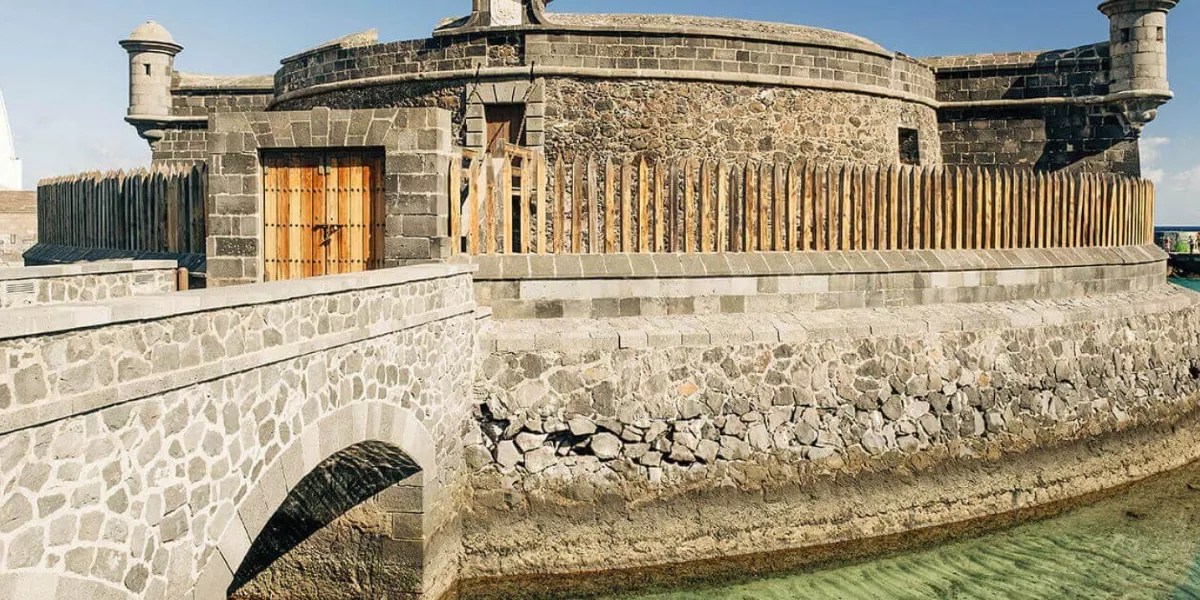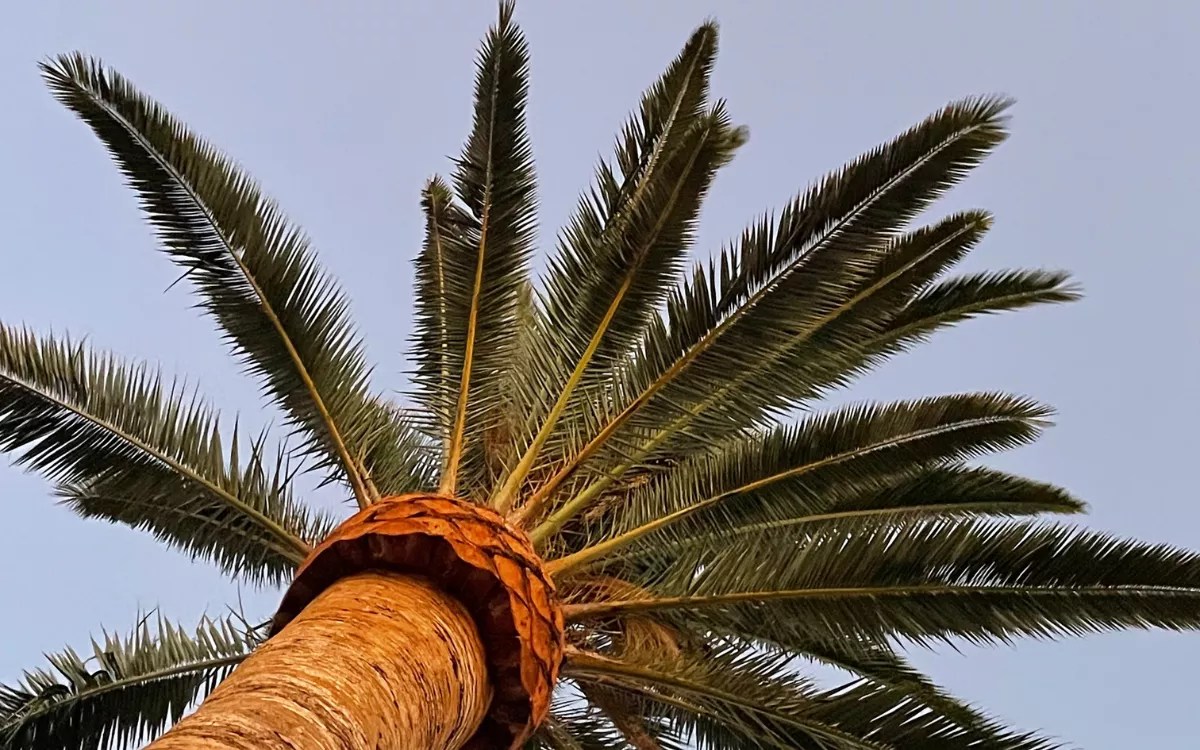
The Tenerife Rosette has travelled to Madrid through an exclusive workshop led by the Tenerife artisan Antonio Rodríguez. The Museum of Art and Popular Traditions of the Autonomous University of Madrid hosted this training on Thursday and Friday, attended by fifteen people to explore the history and techniques of this traditional needle lace originating from the Canary Islands.
This initiative, promoted by the Tenerife Island Council through the Island Crafts Company, is part of the efforts to disseminate and preserve the rich cultural heritage of the island, especially concerning its most representative artisan trades, as highlighted by the island corporation in a press release.
Antonio Rodríguez, a native calador from Los Realejos and knowledgeable about this technique, guided the participants through both theoretical and practical sessions. The workshop, lasting 10 hours split over two days, began with an introduction to the origin, evolution, and ethnographic value of the rosette, before moving on to the practical aspect: from preparing the base to executing the various points and characteristic designs of this textile art.
Efraín Medina, Island Councillor for Employment and Education, emphasised the importance of this activity: “Being able to showcase the rosette beyond our island borders is a significant achievement, as it allows us to establish links with other textile traditions and continue spreading a technique that is part of our cultural identity.”
The councillor recalled that the rosette, along with calado, experienced a notable boom at the end of the 19th century, transitioning from a domestic activity to a source of employment for many families, kept alive today thanks to the work of artisans like Rodríguez.
About the Tenerife Rosette
Known worldwide as the Tenerife rosette or roses, this type of lace is characterised by its circular flower-like shape. It is one of the most representative needleworks of the Canary Islands, which saw significant development in southern Tenerife areas such as Vilaflor, Arona, Granadilla, or San Miguel; in the north like La Orotava and other islands.
These laces experienced great development during the 16th, 17th, and 18th centuries in various regions of the mainland, especially in Salamanca, Soles de Salamanca; Cáceres, Soles de Casar; Catalonia, Puntos de Catalunya, and in the Canary Islands, Soles Canarios. Over the years, this craft gained its own identity through the creation of unique models and techniques.
From their origins, the production of rosettes was a task for women, usually housewives from rural areas. However, the commercialisation at the end of the 19th century led to large-scale production, employing salaried workers for the manufacture of the lace.















